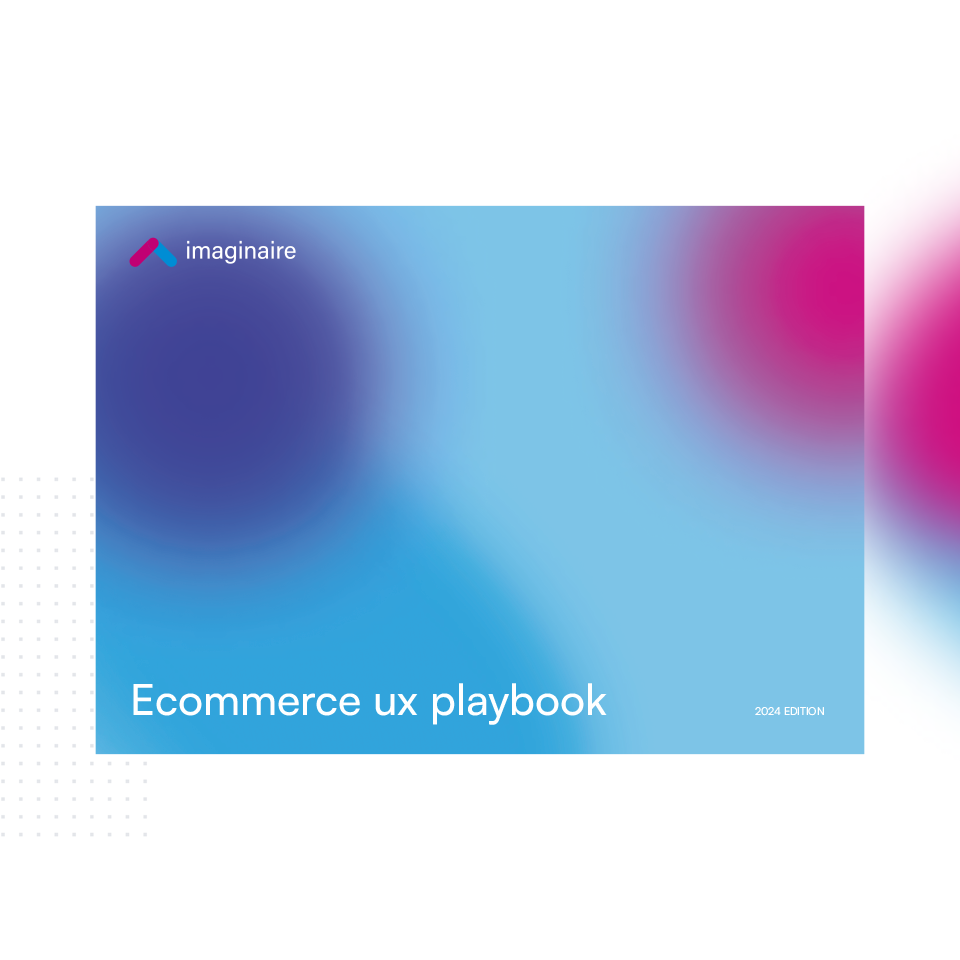Do you remember a time when if you wanted to add new software to your computer, you had to purchase a CD-ROM?
Many hours would go by as you waited for the progress bar to update. The program itself was stored on the memory of your PC, if you had enough available that was!
In today’s world, your trip to PC World has been replaced by SaaS tools, which give you instant access to endless things you need to run your business.
Whether you are considering building a SaaS product or are just interested in the history of SaaS, here is an overview to enlighten you.
What Is SaaS?
SaaS stands for software as a service. The term refers to a method of giving customers access to applications over the Internet, rather than having to own a physical product.
So how do we access SaaS tools? The software is stored on external servers meaning as a customer you don’t need to install a physical CD, and for the most part, you don’t need to use any of your own device’s memory. Instead, whatever you need is often just a quick download or a sign in to a website away.
The purchase journey of a SaaS tool is also fully digital and usually has a subscription-based model. Typically, you’ll head to the website and select the product you want, which may be offered with different price categories depending on your user needs. From there, you’ll be given access to the product as an application once you connect your payment details.
According to Statista, the SaaS industry is worth $247 billion as of 2024.
The big move away from stacks of CDs over to SaaS has proved popular, especially since many jobs are now done remotely. Now, we expect that everything we need to communicate or manage customers is just a couple of clicks away, and SaaS has very much made that possible.
Popular Examples Of SaaS Tools
As for the types of SaaS tools you can find, some of the main categories include customer relationship management (CRM), human resources management, ecommerce, marketing automation, accounting and project management.
Some SaaS tools you might have heard of include:
- Asana
- Buffer
- Dropbox
- Google Workspace
- HubSpot
- Mailchimp
- Microsoft 365
- Monday
- QuickBooks
- Salesforce
- Shopify
- Slack
- Spotify
- Trello
- Wix
- WooCommerce
- Xero
- Zendesk
- Zoom
In a nutshell, SaaS tools include anything you can access either through an online interface or by downloading an app. Many of these tools relate to business-related tasks, although SaaS can be quite broad to include things such as streaming platforms.
Key Characteristics Of SaaS
Accessible anywhere – So long as users have access to the internet they can access the software wherever they happen to be located. This can be extremely beneficial for global remote teams.
Automatic updates – Unlike the old days when manual updates were required, SaaS products are typically updated by the maker of the product.
Reduced time to benefit – Users can start using the product as soon as they sign up which is particularly ideal when the tool is required for business related purposes.
Scalable – Depending on the user’s needs, they can determine if their plan needs to move up or down to manage costs.
Subscription based – SaaS tools usually have a subscription based pricing model, with the user able to pay on a monthly basis or save money by opting for a yearly subscription.
What To Consider Before Introducing A SaaS Tool Into Your Business
Starting with the obvious, every SaaS tool works slightly differently so the first thing to check is whether it offers the right features for your needs.
For example, many SEO tools are considered SaaS. But as SEO experts ourselves here at Imaginaire, we know that when looking at the likes of Ahrefs, Semrush, Moz and Yoast—each offers something slightly different.
Getting the right tools is essential since you will be paying to use the tool in most scenarios, and you’ll be relying on the results to drive productivity and growth in your business.
Tech-wise, integrations with existing tools is another factor to consider. Simply put, if a SaaS product doesn’t work with your other SaaS tools you can run into major issues.
Finally, other aspects such as data compliance can also come into play, especially if the tool might be handling data belonging to your company or your customers.
As with most other things these days, learning about the product and reading the reviews is essential to determine if it’s right for you. One of the coolest places on the internet to learn about new and existing SaaS tools is Product Hunt.
In Search Of SaaS Marketing Services?
If you’re a business owner looking to either expand your SaaS repertoire or market a SaaS tool, Imaginaire is here to help.
Our team is based in Nottingham and we work with clients from a variety of sectors who are based right across the UK.
Let us know more about your business and how we can help you reach your goals by giving us a call on 0115 647 4153.
Alternatively, drop us a message and we’ll be with you shortly.
